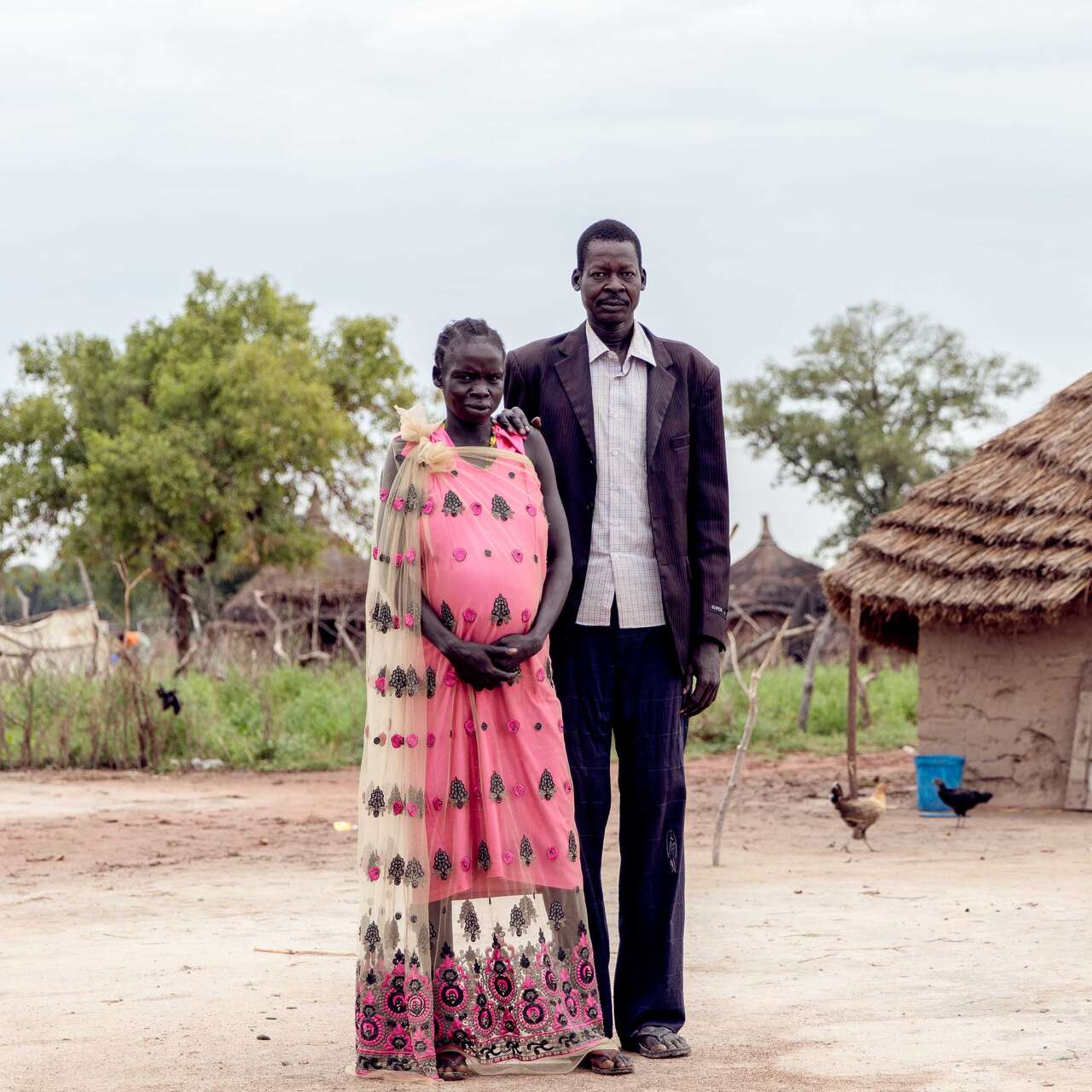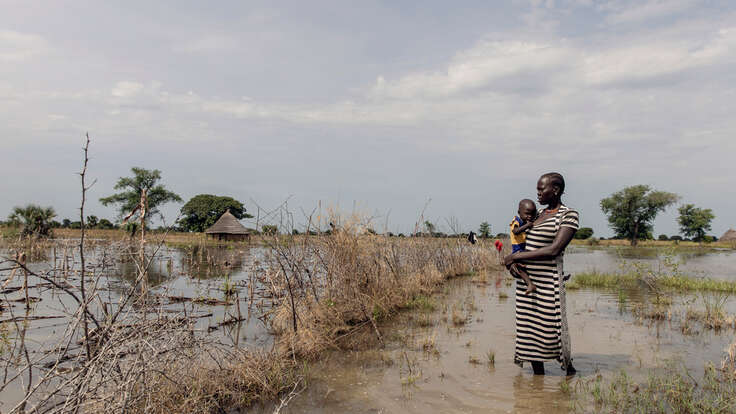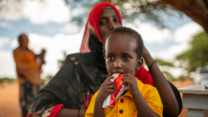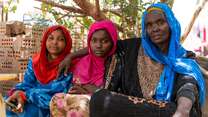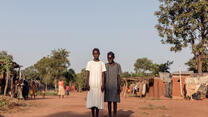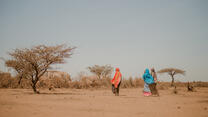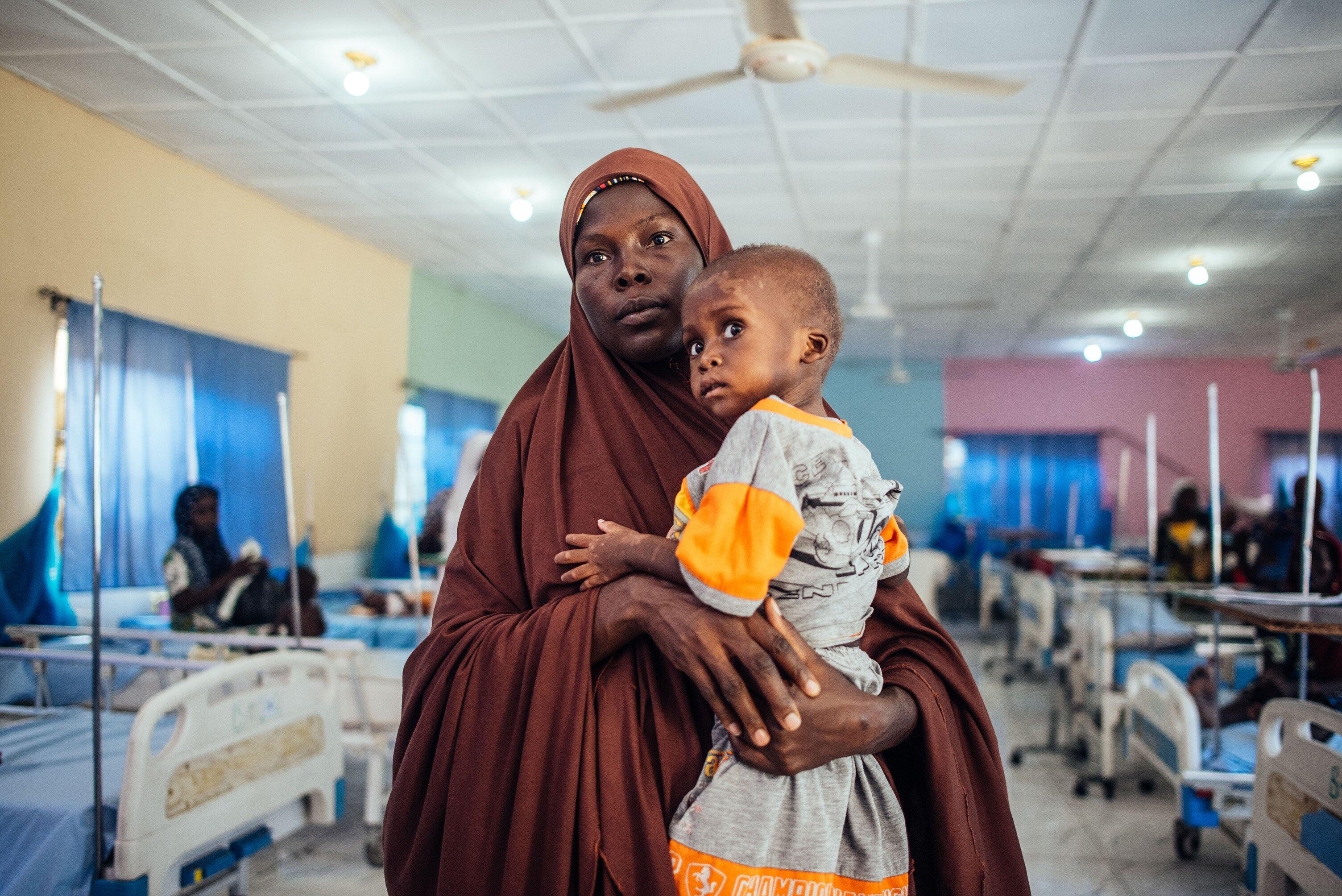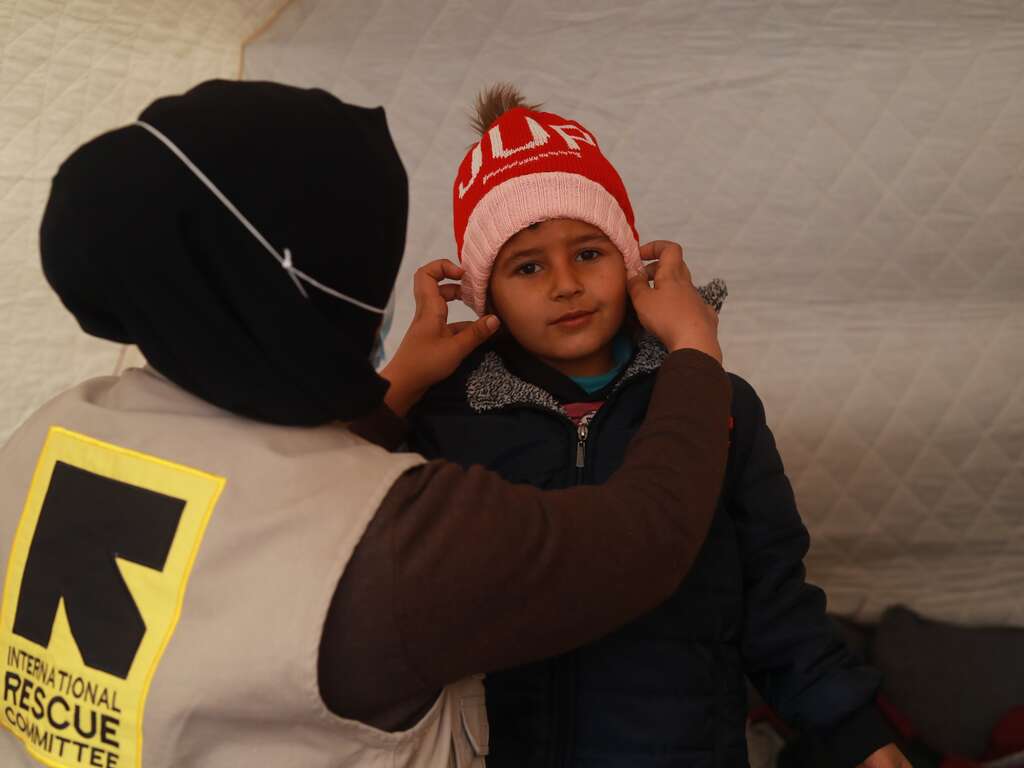South Sudan ranks third on the IRC’s 2024 Emergency Watchlist
- The continued arrival of refugees fleeing conflict in Sudan is exacerbating needs in border regions.
- A fifth consecutive year of flooding is predicted to impact South Sudan, fueling displacement and destroying livelihoods.
- A weakening economy will exacerbate the country’s ongoing food insecurity crisis.
- While needs grow, humanitarian access in South Sudan remains constrained.
Country facts
- People in need of humanitarian support: 9 million
- People facing crisis , or worse, levels of food insecurity: 7.1 million
- Rank in Human Development Index: 192 of 193
IRC response
- Started work in southern Sudan: 1989
- People assisted: 1.5 million in 2023
